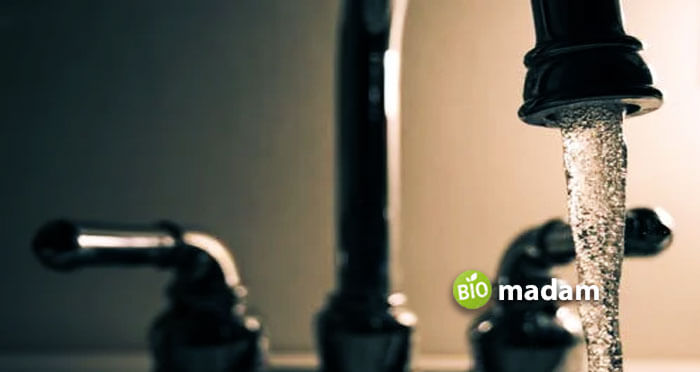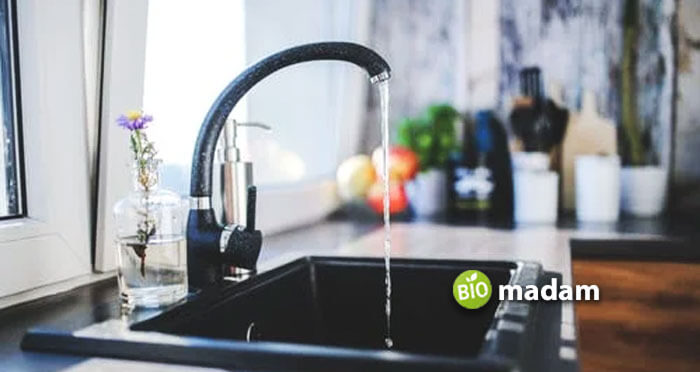Wherever you travel, water tastes different. It can be soft or hard depending on the number of natural minerals like calcium, iron, and magnesium it contains. This is a positive thing in general. Water would taste flat and dull if it lacked minerals. Things might happen in your home that can change the appearance, flavor, or odor of your drinking water.
Here are some common home water problems and tips to solve them.
Strange Tastes and Smells

Water providers deliver high-quality drinking water to your tap, but plumbing and appliances in your home can alter the way the water tastes and smells. To maintain drinking water safe to drink, chlorine is used to treat it. Although it is not hazardous, some people are more sensitive to taste and smell than others. Water companies strive to maintain as low a level as possible but to keep your water healthy at the same time.
The amount of chlorine in the water might change from season to season. By filling a jug with water, covering it, and storing it in the fridge, you can lessen the taste and odor of chlorine. If you don’t use it within 24 hours, put it to another use, such as watering plants or working in the garden. Put the jug back in the fridge after refilling it with fresh drinking water. If you don’t know how to tackle the issue yourself, you can always ask for professional help, such as from the Wisconsin water check crew, for they can help you with a number of problems that may occur in your household.
Sometimes the water in your home can taste metallic or antiseptic. This is usually caused by chlorine reacting with plastic or rubber fittings in your home’s plumbing, such as the hoses supplying water to the dishwasher or washing machine. To check this, close the isolating valve on the pipe for 24 hours and then taste and smell your water again. If the taste disappears, think about changing the hoses for compliance. Plumbing materials can deteriorate over time, so try replacing old and worn-out washers as these can change the taste of water if they are damaged.
Earthy Smell and Taste

Algae, bacteria, or other organic matter in the river or reservoir where your water originates from might cause an earthy or musty odor or flavor. The majority of these four innocuous traces of elements can linger in your water and give it a flavor. If you’ve been gone for a week or more in the summer, you’ll notice it more. The quality of your home’s water may decrease. It’s a good idea to run your drinking water taps for a few seconds before drinking to drain off any standing water. If this is the first time you’ve noticed a smell or taste like this, wash the exterior and interior of the place with a moderate home disinfectant.
Sewage or Stagnant Smell
The waste trap of the sink can sometimes emit a sewage or stagnant odor, which causes the drinking water to smell. Fill a glass with water and sniff it in a different area away from the kitchen sink to see if the smell is coming from the water. If the odor goes away as you leave the sink, the water is fine, and you should clean the sink plug hole and overflow with a regular household cleaner.
Metallic or Bitter Taste and Smell
Higher quantities of metals from your internal pipework can cause water with a metallic or bitter flavor. To clean any water that has accumulated in the tab, run water through it. The taste should improve with time if you have any fresh pipework.
Bacterial Contamination
Bacterial contamination of drinking water can occur for a variety of causes. When sewage is not properly disposed of, it can leak into the soil and harm water supplies. Industrial and agricultural wastes containing dangerous chemicals are drained into water bodies, contaminating the water and endangering human health. Mercury-contaminated industrial waste causes nervous system disorders. Fluoride in drinking water causes tooth decay, bone diseases, and neuromuscular illnesses, all of which are life-threatening.
Bacterial infection necessitates the use of a disinfectant, most often chlorination. Consult a knowledgeable professional to figure out where the contamination came from and how to remedy it.

Lead
Lead can cause a variety of health concerns, including behavioral issues, learning impairments, high blood pressure, kidney problems, and more, even at low levels. Although everyone is at risk, children aged six and younger are at the greatest risk since their brains are still developing. Lead was occasionally used in plumbing materials and water service lines that carried water from the main to a residence or building. Lead is rarely found in source water, but it does find its way into drinking water through the corrosion of plumbing equipment. The amount of lead in drinking water is also affected by the types and amounts of minerals in the water, as well as the length of time the water remains in the pipes. Lead can be removed via ion-exchange water softening systems, reverse osmosis systems, or carbon block filtering.
Water is truly a blessing and an unprecedented treasure that we have. We need to be more aware of its value and do our best to save it, for life wouldn’t be possible without it. Problems may occur in our home, but luckily there are solutions for every issue regarding the quality of our home water.

Hi, they call me Jenna, and I am also known for achieving a gold medal during my Ph.D. in science life. I always had a dream to educate people through my utmost writing hobby. So, I chose this blogging path, and Biomadam gave me this opportunity to present for them. I now stand to entertain you. Continue reading my articles & discuss if you’ve any confusion through the comment section below.

